

Max Davies
2026 Toyota HiAce review
3 Hours Ago
Roadsters are perhaps the only type of car focused exclusively on giving the driver maximum smiles per mile.

Contributor
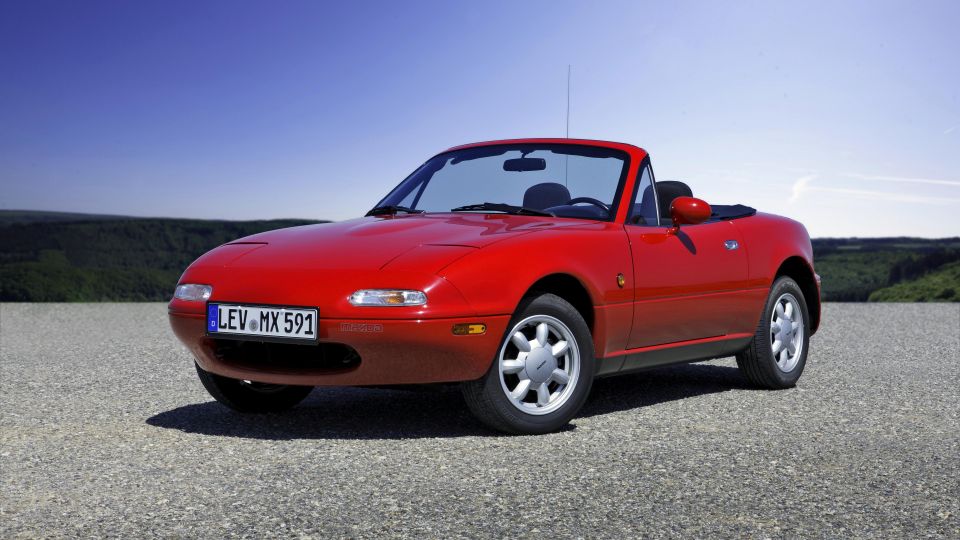

Contributor
It’s a simple recipe. Use cheap parts that are easily available off the shelf, put them in a small, open body with two seats, and sell it as an affordable, lightweight sports car.
Popularised during the 1950s and 60s, the roadster was pioneered by the British and was especially popular in Europe, where its compact size made it ideal for driving down narrow country roads. Whilst these cars were great fun when they were working, emphasis should be placed on the when. Many models gained a reputation for being of poor quality, unreliable and requiring constant maintenance.
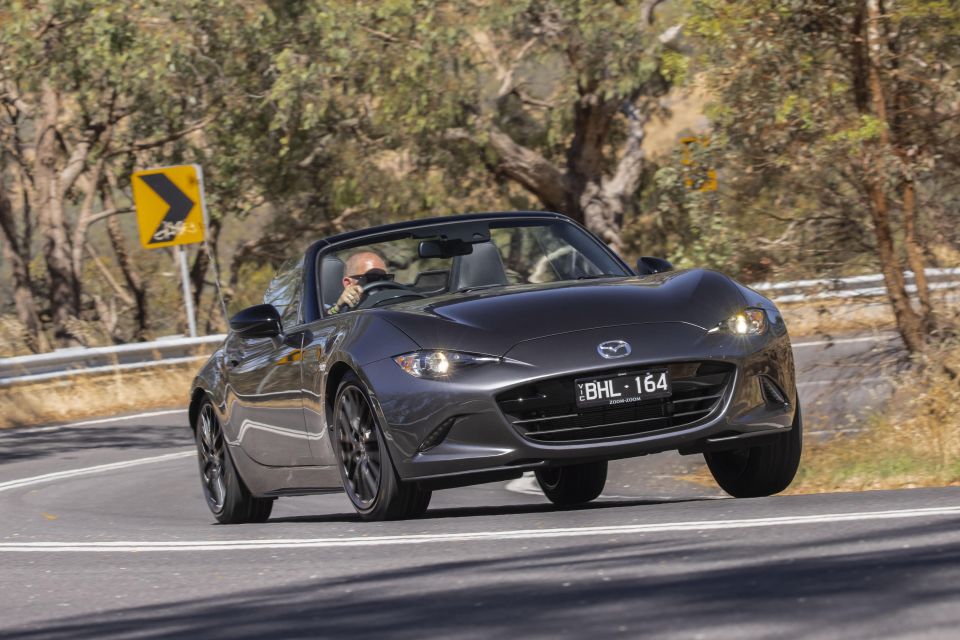
This contributed to the segment’s decline in the 70s and 80s, before Mazda revived the concept with its renowned MX-5. Its continued popularity through the 90s and to the present day has spurred numerous other attempts by various brands to make their own roadsters, all to varying degrees of success.
Unexpectedly, the term ‘Roadster’ does not have British or European origins given the popularity of the cars over there. Instead, ‘Roadster’ was used by the Americans in the 19th century to describe a light, horse-drawn carriage suitable for travelling. Prior to that, the term had naval connotations, describing a ship that would sail near the shore.
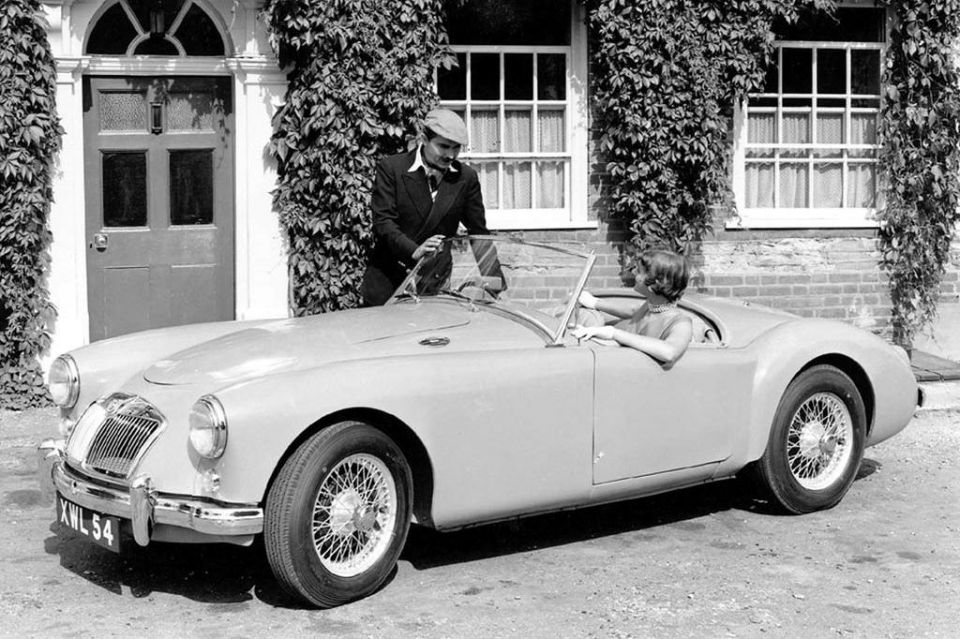
British marques Austin and Morris had merged in 1952, and the resultant entity, BMC (British Motor Corporation), had various brands under its belt, perhaps the most famous of these being MG (Morris Garages).
The 60s would see BMC evolve further into British Motor Holdings with the acquisition of brands such as Jaguar and Triumph in 1968. Brands under the BMC/BMH banner were arguably responsible for several seminal models that would come to define the contemporary ideal of a roadster.

One of these models was the Austin-Healey Sprite, nicknamed the ‘frogeye’ for its characteristic round headlamps that sat on top of the bonnet and its smiling radiator grille (the headlights were initially designed to pop up, but this was canned to save costs).
Launched in 1958 with a 948cc 4 cylinder engine featuring twin carburettors, the Sprite was less than 3.5m long, and borrowed steering and brakes from the pedestrian Morris Minor. It had no door handles or boot lid, with the doors opening from the inside only and the boot accessible by folding the front seat forward. The car was nevertheless fun to drive, and was arguably the first mass-produced sports car to have a unitised (rather than body-on-frame) construction.

Fellow brand MG expanded on the Sprite’s success with the MG Midget (which was all but identical to the second generation Sprite) and larger, more powerful MGB. The MGB came in numerous variants over a long production spanning from 1962-1980, but an innovation shared by all examples was the early use of a front crumple zone that would protect passengers from collisions at under 48 km/h (30 mph).
The MGB was also produced locally in Australia at BMC’s Sydney factory in Zetland, where they were imported as CKD (Complete Knock Down) kits before being reassembled and painted, with approximately 9,000 exampled being locally assembled.
Other notable British roadsters at the time included the Triumph Spitfire and the Sunbeam Alpine/Tiger duo, which incorporated subtle 50s style tail fins and a powerful V8 engine (in the Tiger), and were famously featured in the American comedy series Get Smart.
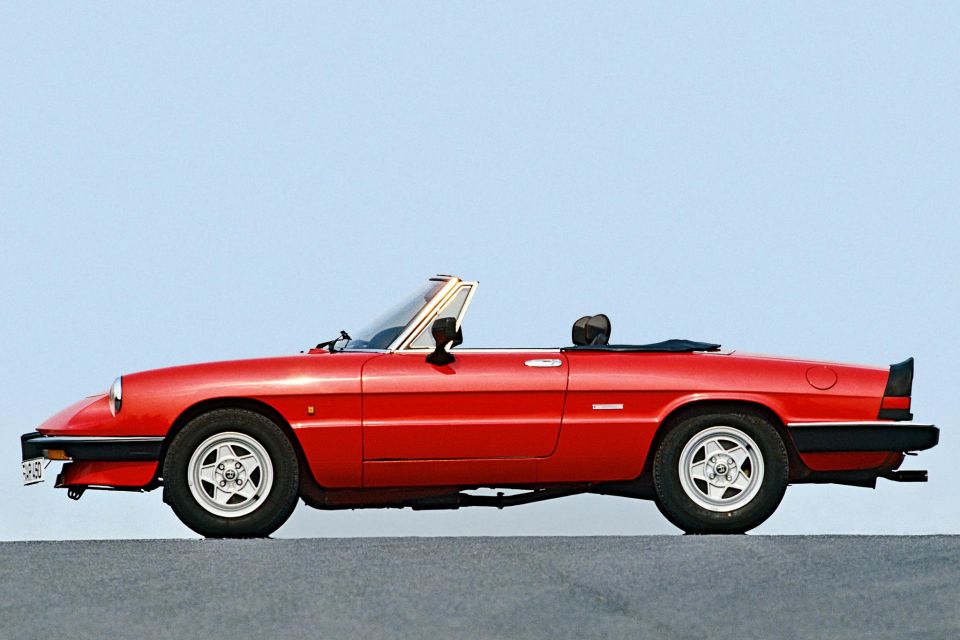
Many of the models described above (such as the MGB and various Triumph models such as the Spitfire, TR6 and TR7) continued to be sold throughout the 1970s, alongside Italian counterparts such as the Fiat 124 Sport Spider and Alfa Romeo Spider.
With British Leyland being nationalised, suffering from strikes and generally being in dire financial straits, these models were not substantially improved upon and became increasingly dated. Likewise, their Italian counterparts failed to sell in large numbers and were generally perceived as unreliable or requiring frequent maintenance.
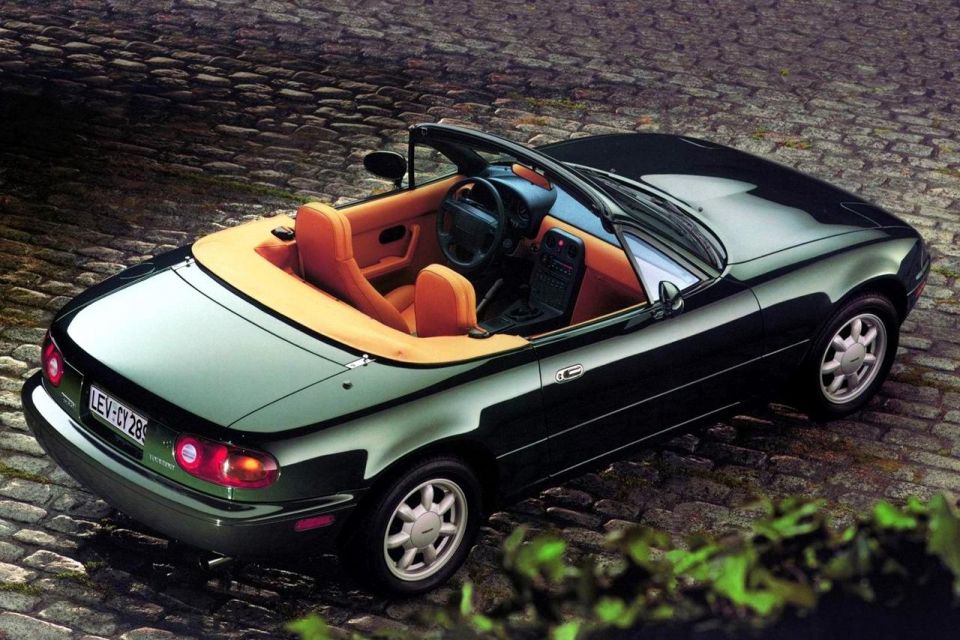
Perhaps no other model did as much for the roadster as did Mazda’s MX-5 when it was launched in 1989. To put it succinctly, it captured all the heart, spirit and fun to drive nature of the classic British and Italian roadsters described above, and paired it with contemporary (for the time) features and technology with none of the reliability or quality pitfalls.
This can perhaps be evidenced by the production numbers, with the original MX-5 selling as many units in its first 5 years of production as the Fiat 124 Spider and Alfa Romeo Spider did in their lifespans combined. This success has continued to the present day, with the launch of the fourth generation ND MX-5 and the firm producing the 1 millionth MX-5 in 2016.
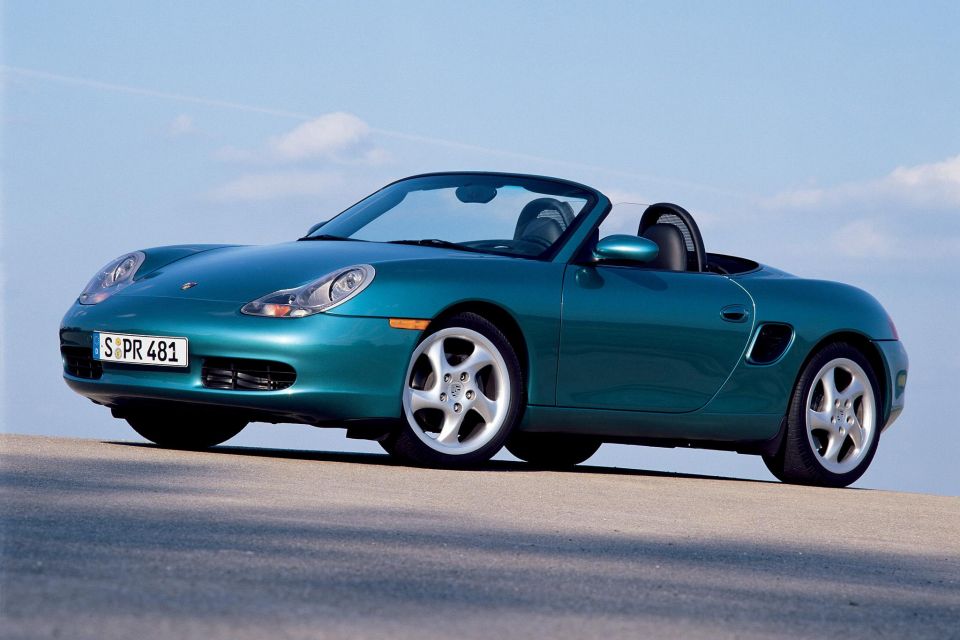
This rejuvenation of the roadster has spurred various other brands to emulate Mazda with varying degrees of success. Although not a direct competitor, perhaps the most notable of these is Porsche’s mid-engine Boxster. Its entry level car, the Porsche Boxster is credited with helping to turn Porsche’s fortunes around financially, with its mid-engine layout offering excellent balance and ideal driving dynamics.
Modern roadsters from other marques include the BMW Z3 and Z4, convertible examples of the Audi TT and Mercedes-Benz’s SLK/SLC. Whilst these models have been profitable, none have reached the iconic status or sales success of the pre-eminent MX-5.


Max Davies
3 Hours Ago


William Stopford
19 Hours Ago


Ben Zachariah
20 Hours Ago


Derek Fung
21 Hours Ago


Matt Campbell
1 Day Ago


William Stopford
2 Days Ago